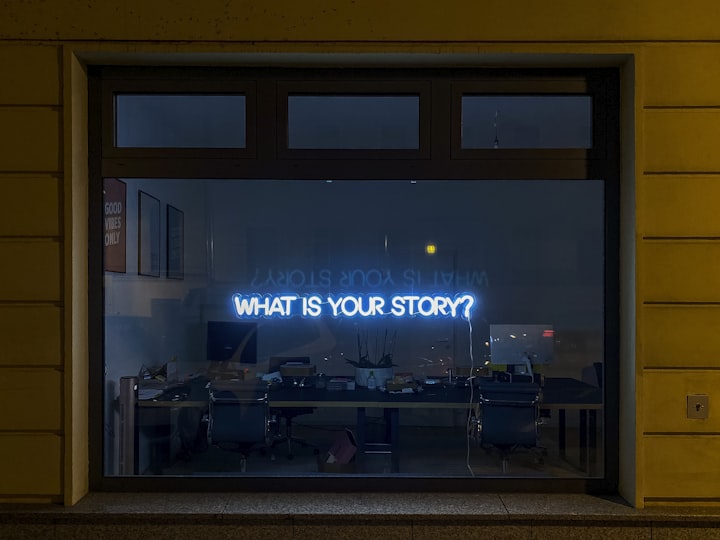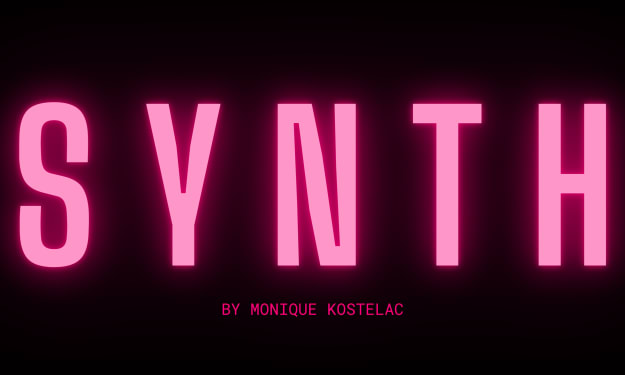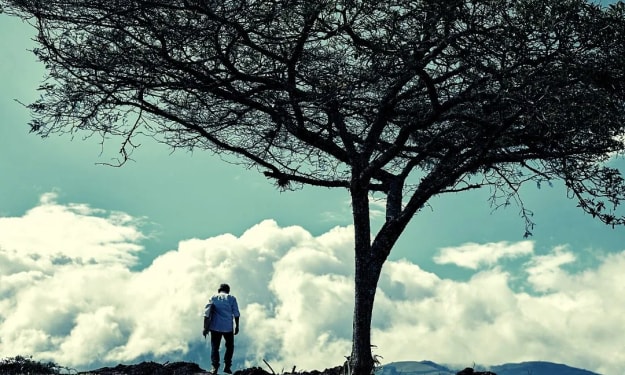How to write your first manuscript
Want to write your first manuscript? Here's how!

Trust me!
It’s not as daunting as you may think.
Yes, you’re staring at a blank page that’s meant to eventually (somehow) have 100k words on it.
And these words are meant to actually tell a story.
Like a concise, play-by-play of that random idea you had standing under the showerhead.
And you’re meant to come up with multi-dimensional characters.
And you’re also meant to have all this descriptive prose about the setting and…
Alright, this is meant to be a post about how to write your first manuscript- not how to guarantee that you’ll procrastinate on it even more.
Okie dokie- back to it.
Here are my tips on how to write your first manuscript as smoothly as possible:
1. Know your why
→ when you know why you want to write it, everything else becomes so much easier. The planning, the writing, the consistent routine. When the task in front of you has a purpose, it’s more likely to get finished. Ask yourself why you want to write the manuscript and if you need to, put up reminders around your writing space with why you’re writing what you’re writing.
Example: With One White Flower, my why was to share Croatian stories and bring the Croatian Homeland War to mainstream awareness. Given the state of Croatian politics, it’s even more imperative that I share a story that’s filled with balanced facts and not something that’s based on someone’s agenda.
2. Figure out a style of planning that suits you
→ I cannot stress this enough: find the planning style that suits you AND your story. Some stories need some quick notes, others need an in-depth scene by scene plan. Something else to note is that when it’s your first manuscript, let yourself try new things. Let yourself endure the infamous trial & error. The more you write, the more you’ll learn what works for YOU, and what doesn’t.
3. And then plan.
→ Spend some time getting your game plan in order. Knowing your characters, the general direction of where you’re going & how you see the story ending creates structure and focus.
4. Go with the flow
→ What One White Flower looked like when I first started planning (let alone where it was when I first started writing) compared to where it is now makes me laugh. One of the most important things I learnt was to let the story direct you. If you start writing and a character is calling you to go in a particular direction, don’t resist it. Follow it. You may as well do so now when the call first comes, rather than write another 15 chapters and go ….oh….hold on a minute.
5. Don’t worry about the word count
→ That’s what editing is for. Get your ideas down on paper right away, and then you can deal with the word-cutting later on.
6. Find a time to write that you can stick to
→ Choose a time in your day that you know you can actually stick to. For me, it’s in the evenings after dinner. For others, it's the first thing in the morning before the world wakes up. Don’t choose a time because someone else is doing it and it works for them. Choose a time that suits you. For example, don’t say you’ll get up and write at 6am when you know you absolutely hate waking up super early.
7. You will have doubts. Don’t panic.
→ Doubts are a normal part of the writing process. Learn to turn the volume down on them whilst you’re writing. For one better, learn how to get to the bottom of them so you can deal with the root cause of the issue. BOOM! Doubt gone.
8. A note on researching [two tips in one].
→ What I like to do (and I’ve learnt Shonda Rhimes does the same) is to create a story ‘bible’. This is a Google Doc or notebook that has all your scenes, notes, character profiles and research in one place.
The other tip I have for you is to think outside the box when it comes to your research. One of my favourite things to do when it comes to scouting locations for your novels is to watch travel vlogs and walking tours. These help get an accurate general vibe of the area you’re talking about and you pick up details you may otherwise not have from a Pinterest photo.
Writing your first manuscript doesn’t need to be terrifying.
It can kickstart the most incredible journey.
Let me know in the comments: did you find this helpful?
About the Creator
Monique Kostelac
Storyteller. Creativity Coach. Law grad (Bachelor of Laws/Bachelor of Intl Studies).
High chance I'm writing about Croatia & south-Eastern European history.






Comments
There are no comments for this story
Be the first to respond and start the conversation.